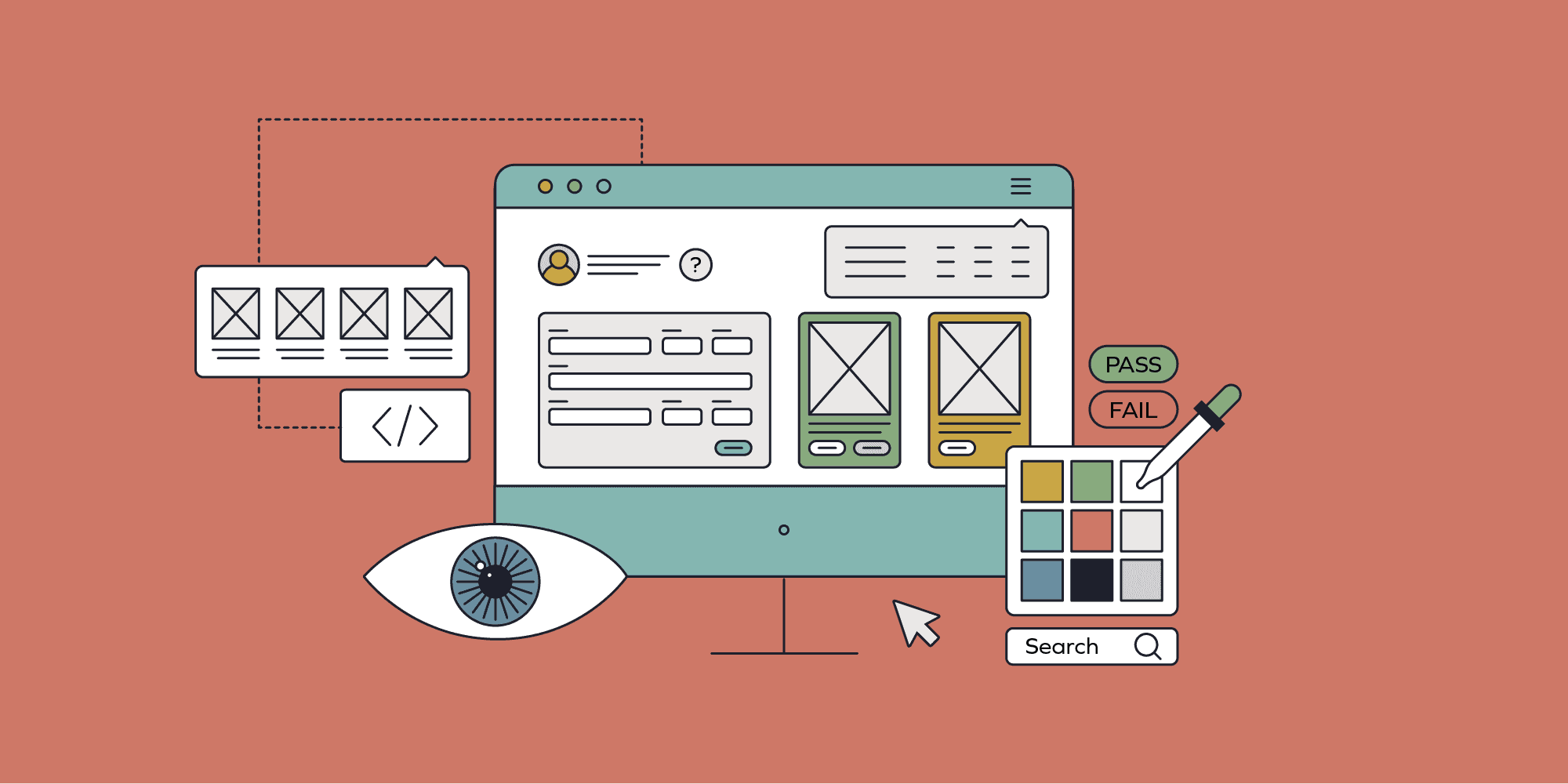Why accessibility is a critical business strategy for B2B companies
15th May 2025 •
15th May 2025 •

Web accessibility is something we’ve been championing for years, at Torpedo. We always strive to apply AA WCAG, (Web Content Accessibility Guidelines), standards to our web projects. However, many companies aren’t aware that it’s more than just about inclusion and delivering an optimal user experience, it’s actually a legal requirement.
So, given that so few are aware of this fact, why has it suddenly becoming such a major talking point in 2025? No longer just a checkbox exercise but a critical business strategy for B2B companies?
There have been accessibility laws applied to the web for over 20 years now. These rules aren’t a new thing, but they are being enforced more frequently. The number of lawsuits is growing, and new, stricter legislation is being introduced.
The EU European Accessibility Act (EAA) comes into force at the end of June, and it’s applicable to both B2C and B2B website experiences. Whilst this is EU legislation, the penalty for non-compliance is governed by the individual EU member. So, if you fail to comply, you could be fined by Germany, for example, then separately for the same non-compliance by Ireland, then France, and so on. Those fines could quickly add up.
During the COVID pandemic in 2020, the overnight switch to the world operating almost solely online led to a surge in lawsuits and complaints against companies. When operating online became the only option for users, many websites that hadn’t prioritised digital accessibility got found out.
But what is the impact of this today?
If a website isn’t accessible, and that prevents someone from using it – and if that user can get the same expertise, services or products from a competitor who HAS ensured their website is accessible, it follows that person will use them instead. Consequently, they’re more likely to feel positively towards the competitor for meeting their needs. They may also share their positive experience in the form of reviews or online forums, but more importantly (and more likely) write negatively about the company with the inaccessible site.
In the longer term, accessibility issues have led to a surge in lawsuits and complaints against businesses whose websites did not meet the required guidelines.
These lawsuits often cite the following issues as common violations:
“ Bard v. Reebok (2021): In this case, Reebok agreed to pay a significant settlement to avoid going to court after a lawsuit involving inaccessible forms on its website. ”
Unfortunately, many lawsuits are predatory in nature, and looking for a ‘settlement’ rather than the website to be improved and made compliant. Often the legal costs alone are more than what it would have cost the business to make their website accessible in the first place. Clearly, investing in making a website accessible is a no brainer. If not for your users, then for your own protection.
Furthermore, the negative connotations of breaking the law – and in some cases the court case to go with it – can damage a brand’s reputation. Definitely more costly in the long run.
The majority of laws and legislations around accessibility are based on the WCAG guidelines, and until now, 2.0 followed by 2.1 were the versions to adhere to. But with the acceptance of version 2.2 of the guidelines in 2023, and the deadline for public service companies to comply by October 2024, WCAG 2.2 is now widely adopted, with 3.0 in development.
As WCAG 3.0 moves toward a more user-centred and scoring-based approach, staying updated ensures you’re not only compliant but also providing real value to users.
SEO and Accessibility best practice go hand in hand in a lot of instances. For example, semantic HTML and alt text on images. Therefore, an accessible site is, by association, more search engine friendly and could give you a boost in organic search rankings.
As well as being better for SEO, it also makes your sites more user friendly in general, and generally provides a better user experience for all users, not just those with disabilities. This can generate longer site visits and higher engagement on your site.
Obviously, no conversation is complete without the inclusion of AI somewhere or other – and website accessibility is no exception. With the dramatic turn to artificial intelligence in all forms of technology and marketing, content and code generated by AI needs reviewing for accessibility, and the tools themselves must be screen reader friendly. Although AI can advise and make suggestions, it is not currently a suitable substitute for manual testing of accessible websites as it cannot automate all factors.
If that all sounds like too much to take in all at once, don’t worry. Talk to the team at Torpedo about your next website project – or making your current site more user friendly. We’ll give you full access to our expertise.
Yes. Web accessibility is a legal requirement. Accessibility laws have existed for more than 20 years, and enforcement is increasing. With the EU European Accessibility Act (EAA) coming into effect in June 2025, both B2C and B2B websites must comply.
If your website is inaccessible, you risk:
The most common issues cited in lawsuits include:
The EAA applies to all digital services, including B2B websites. If you operate in multiple EU countries, non-compliance can lead to separate fines in each state (e.g. Germany, Ireland, France), which can add up quickly.
Businesses should now follow WCAG 2.2, which became widely adopted after its release in 2023. WCAG 3.0 is currently in development and will move towards a more user-centred, scoring-based model.
Accessibility best practices often overlap with SEO techniques. For example, semantic HTML and descriptive alt text improve both accessibility and search engine rankings. This can boost organic visibility, increase site engagement and encourage longer visits.
Yes. Accessible websites are easier for everyone to use — not just people with disabilities. They are typically clearer, faster to navigate and provide a better overall user experience, which can increase engagement and client satisfaction.
No. While AI tools can help identify and suggest fixes, they cannot detect all accessibility barriers. Manual testing and expert review are still essential to achieve full compliance and provide an inclusive experience.
B2B buyers and decision-makers expect professional, reliable digital experiences. An accessible website signals that your company values inclusivity, compliance and quality — which builds trust and can help win new business.
Specialist digital agencies, such as Torpedo Digital, can provide accessibility audits, ensure compliance with WCAG standards, and deliver inclusive design solutions for new or existing websites.
